



Multi-Tenant SaaS-based CRM

- Resources
- Complete Guide to Setup A CRM Solution
- Multi-Tenant SaaS-based CRM
Multi-Tenant SaaS-based CRM
- 01: What is Tenancy?
- 02: What is SaaS?
- 03: What is Single-Tenant SaaS?
- 04: What is Multi-Tenant SaaS?
- 05: What is SaaS-based CRM
Conclusion
Multi-Tenant SaaS-based CRM
We have already discussed the various types of CRM is CRM in Section 4, but it's essential to differentiate CRM software on the basis of tenancy too. When it comes to software applications, tenancy is a word that is used quite often. But when we look up the term online, it refers to the possession of land or property.
So, what is tenancy in the world of software development, and how is it related to SaaS? Let's find out!
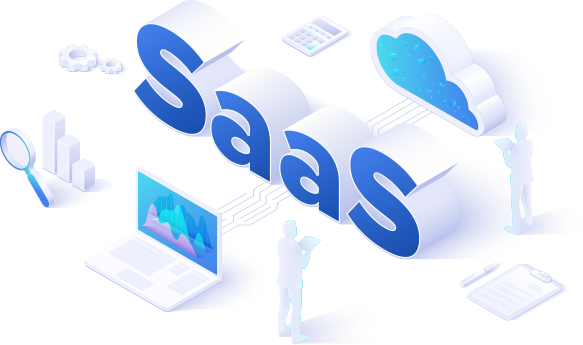
What is Tenancy?
Definition of Tenancy
01 : a holding of an estate or a mode of holding an estate specifically : the temporary possession or occupancy of something (such as a house) that belongs to another
02 : the period of a tenant's occupancy or possession
Meriam-Webster defines tenancy as the temporary possession of an estate, and by extension, a tenant is someone who has temporary possession of an estate.
In keeping with this definition, consider that in the world of Software as a Service or SaaS, the word tenant refers to someone who has temporary possession of a software application. Think of the software application as an estate that the manufacturer or owner exchanges in a private or public environment for financial remuneration.
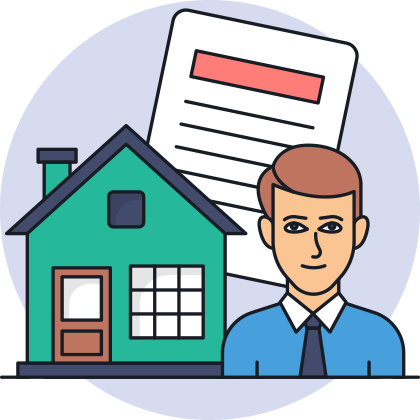
Continuing our analogy of a rented estate, let's think of the software application as a house to be rented. In some cases, the landlord rents the house as a single unit to a single tenant, whereas sometimes the house is rented to multiple tenants simultaneously so that resources are shared between the tenants to reduce cost and maximize benefits (think: shared housing or co-working spaces).
In the same way, a software application can be single tenant, i.e., an architecture where only one client uses the software. On the other hand, in a multi-tenant SaaS architecture, multiple clients use the same software.
| Single Tenant |
Multi-tenant |
|
|---|---|---|
| Number of customers served by the application | Very Low | Very High |
| Cost per tenant | High | Low |
| Functionality | Low | High |
| Customization | High | Low |
| Security | High | Comperatively Low |
What is SaaS?
Software as a service (or SaaS) is a process of selling applications and software as a service over the internet. Instead of purchasing software and bearing the high cost of its software and hardware requirements, clients can simply order software as a service over the internet.
Examples of SaaS

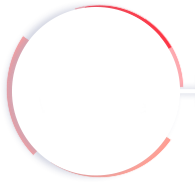
Google Workspace


Dropbox


Slack


Salesforce


The Real Estate CRM
SaaS-based applications, also known as web-based applications, hosted software, or on-demand software, have been made possible by the internet and cloud technology. They are very cost-effective, easy to use, and very reliable in comparison with the traditional IT deployments in which you have to build or buy your own IT infrastructures, including installation, customization, and maintenance of the software. Not to mention the IT staff required to keep the software in good shape.
What is Single-Tenant SaaS?
The single-tenant Software as a Service architecture is one in which the SaaS client is the sole tenant of the software application. A single client gets the software with a dedicated server and supporting infrastructure.
Think of single-tenant SaaS as designer clothes. The same designer has created each design, but the customers can have the dress customized and altered as they desire. Since each client has an individual software, they can have the interface and functionality modified to meet their business needs.

Other aspects of Single-Tenant SaaS are:
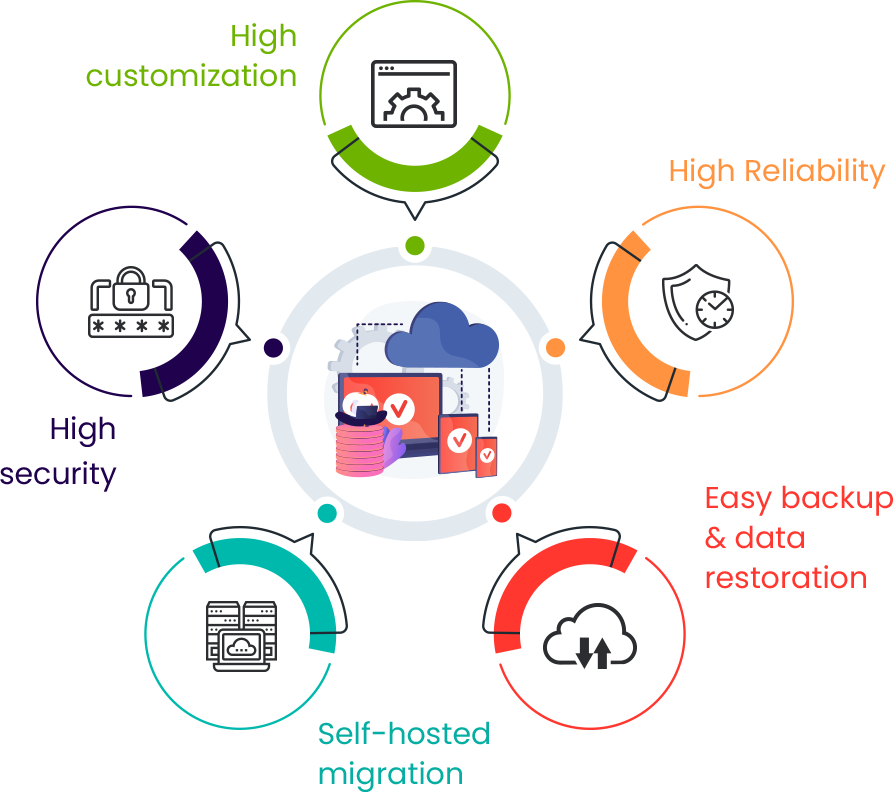
What is Multi-Tenant SaaS?
Multi-tenant SaaS is a structure where different companies share the same software. Multi-tenant SaaS is an architecture where the application and servers are shared by multiple users.
 In a multi-tenant architecture, multiple customers' data co-exist
in the same infrastructure and run the same shared instance of the software. - Infor
In a multi-tenant architecture, multiple customers' data co-exist
in the same infrastructure and run the same shared instance of the software. - Infor
Think of a multi-tenant SaaS software as a high-rise building where each unit in the building is a separate part of the same building. Although the tenants all share some resources like water, electricity, and maintenance services, they only have access to their part of the building.
Furthermore, the units in the buildings are all designed the same; the users can make small changes but, they cannot make any major alterations without it costing a hand and foot. Multi-tenant software is cost-efficient and scalable, making them a good choice for a rapidly growing company that is planning to expand.
Other aspects of Multi-tenant SaaS are:
Low Cost

Easy Scalability

Large computing capacity
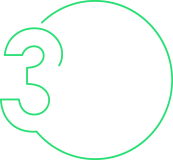
Resource
efficiency

Unlimited support
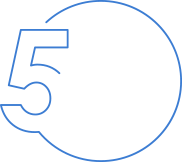
What is SaaS-based CRM
When it comes to SaaS-based CRM, it has totally changed CRM from a "procurement and ownership" model to a "subscription and outsourced services" model. And there is a rapid increase in the SaaS delivery model of CRM due to its great benefits for businesses.
In 2016, just 38 percent of the companies relied on SaaS for software, and that number increased to 78% in 2021. - BMC

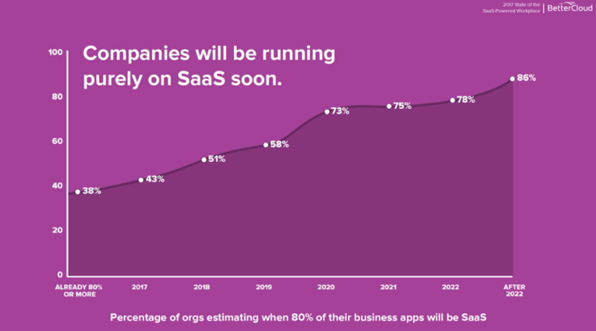
SaaS CRM is subscription-based software. You don't need to make an investment in installing and training your IT staff. So, the barriers to entry are very low. You can instantly subscribe and start utilizing the SaaS CRM applications.
Mostly, people think that only small businesses adopt this model, but it is just a myth. In the past, the business world used to laugh at the idea of moving their business software and apps to the cloud. But now the situation has changed as companies have realized that moving their business to the cloud is more profitable for them.
Research shows that by the end of 2021, 98% of businesses will use SaaS applications. – Hosting Tribunal
Due to advancements in cloud computing, there has been an explosion of SaaS applications. Software-as-a-service (SaaS) has now become a popular business strategy to save money and generate more profits. SaaS architecture is being used for all kinds of applications, and Customer Relationship Management software is no different.
When it comes to the SAAS-based CRM model, you are not responsible for buying or building software. No, you are the end-user, and you get access to the software via mobile applications and the web. To stay ahead of the competition, companies are using SaaS-based CRM for greater accessibility, scalability, and low barrier to entry.
The Benefits of Using Multi-Tenant SaaS-Based CRM
Here are some of the benefits of using a SaaS-based CRM:
 Lower Initial Investment
Lower Initial Investment
If you adopt Multi-tenant SaaS CRM, you can opt for a pay-as-you-go method without giving large upfront fees or investments. In fact, to use SaaS CRM as a service, you just need to pay a monthly or annual subscription fee. Also, a Multi-tenant structure means you can share resources, services, databases, and more, so it costs less than a fraction of what you paid for in the traditional system.

That is why most of the smaller companies and start-ups that don't have enough cash to invest one time in a CRM solution go for SaaS-based CRM as it is cheaper and offers more functionality. This way, SaaS CRM can be treated as an operating expenditure and not a huge expense.
SaaS companies offering CRM often use the following pricing strategies:
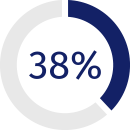
38% of the SaaS companies charge based on the total usage (charged only when service is used)
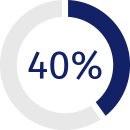
40% of the SaaS companies use a valued-based pricing strategy.
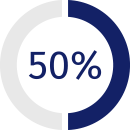
50% of the SaaS companies offer user-based pricing (charged per number of users)
 Quick Availability
Quick Availability
Software as a service CRM is different from the traditional model. You do not need to buy or install the software as its already installed and configured by the provider. You simply need to purchase a plan, and then you will have the application ready to access and use within few hours. This is advantageous as it reduces the time spent on installing and configuring the software and can also lessen the problems that arise during the software deployment and learning phase.

 Cost-Efficient
Cost-Efficient
One of the most attractive benefits of multi-tenant SaaS CRM that you can enjoy is that it is a real money-saver. In fact, low overall costs are the second biggest driver for businesses adopting SaaS-based CRM solutions.
Initially, when you compare the cost of a multi-tenant SaaS-based CRM solution to the price of purchasing a single-tenant software, it may seem as if the multi-tenant SaaS option is expensive. However, when you consider the total investment needed to purchase the hardware, buying and maintaining the software, you will realize that a multi-tenant SaaS-based CRM solution is more cost-effective than a single-tenant structure.
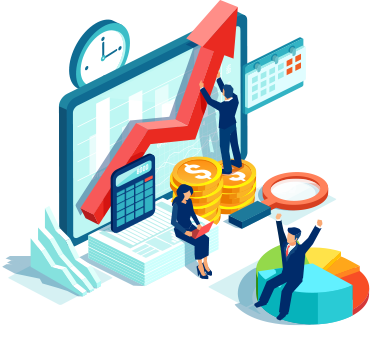
 Easy Accessibility
Easy Accessibility
Another advantage of using a multi-tenant SaaS-based CRM is that you have access to your CRM database on any device, from anywhere and at any time. For this, all you need is a good internet connection and a device to access your CRM with, be it your mobile phone, tablet, or laptop.
For being hosted on the cloud and due to its easy accessibility over the Internet, the SaaS CRM is an amazing option for people who are always on the move. Your sales and marketing team have 24/7 online access to the software anywhere in the world.
 Cost-Efficient
Cost-Efficient
With a multi-tenant SaaS-based CRM, you can ensure that all your team members have access to the platform all the time. It also improves performance and collaboration as all team members can access information and data from a single platform. Similarly, as all resources are shared, multi-tenant SaaS CRM optimum efficiency as it powers multiple customers at once.
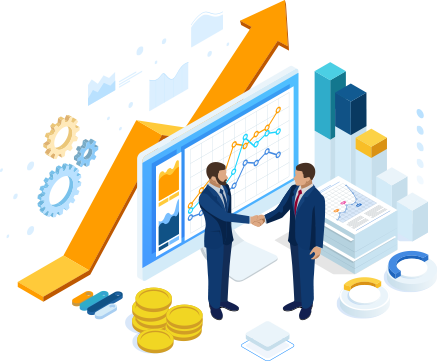
Easy access to data and information leads to better communication and collaboration among the employees leading to higher efficiency. It also enables businesses to track their sales and marketing efforts to highlight areas of improvement for better performance.
 Easy Integration
Easy Integration
A few years back, people used to fear when it came to adopting new software or technology because they believed that it would clash with their existing systems and software. But as technology has advanced, users can now integrate their SaaS CRM apps with already existing Software and platforms for higher functionality.
It also enables businesses to expand their CRM platforms and control everything from a single platform. For example, you can integrate your email platforms like Outlook, Gmail, marketing platforms, and social media with a multi-tenant SaaS-based CRM solution. It will increase the overall efficiency of data and remove redundancies.
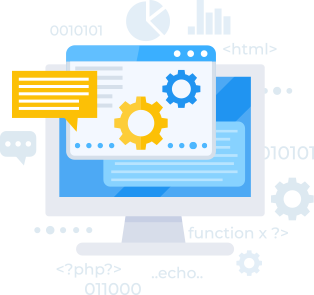
 No IT-related problems
No IT-related problems
A trouble-free IT business is one of the top-selling points of multi-tenant SaaS CRM. You will not need to buy, install, or update any sort of hardware or software that is expensive and need to be maintained regularly. The service provider will provide continuous support.
Similarly, no new hardware or software means that you will not have to employ a committed IT staff. Unlike the single-tenant structure, you don't have to face recurring maintenance costs, as it's part of the subscription.
By adopting SaaS-based CRM, you will clearly see a 15% decrease in IT spending and a 16.7% reduction in the maintenance cost of IT.
Multi-tenant SaaS CRM software is maintained by the provider, so all updates are automatic, and you don't have to worry about its installation or maintenance. You have full access to a smart CRM solution without any effort from your side. More so, it is the responsibility of the SaaS provider to make sure you don't encounter any setbacks when it comes to CRM operation and working.
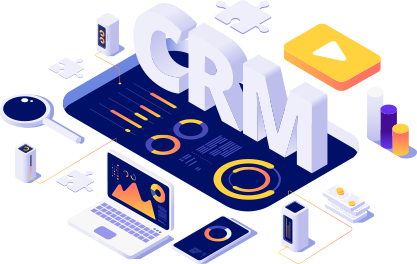
 Security
Security
66% of IT professionals consider security as their greatest concern in the adoption of an enterprise cloud computing strategy - LogicMonitor.
If you adopt multi-tenant SaaS CRM for your business, you will surely not have to face any security issues. Why? Because multi-tenant SaaS CRM vendors are responsible for maintaining data security for their customers, it becomes essential for them as it affects their industry reputation.
To provide maximum security and data protection, multi-tenant SaaS CRM providers use multiple server locations scattered all around the world, including automatic backups. This level of security is hard to achieve by small businesses individually.
 Effortless Scalability
Effortless Scalability
Finally, the Multi-tenant SaaS CRM model can be quickly scaled up, meaning that if you want to increase the number of CRM users, then SaaS CRM is the best option. You can do it within a day. There is no need for lengthy requests, testing, IT installation changes, additional software installments, and a lengthy waiting period. You just need to change the subscription, and that's it – more users will be able to access the SaaS CRM solution.

Similarly, if you require more cloud storage, you can easily upgrade without any hassle. Speed is one of the main reasons why companies are moving towards SaaS-based-CRM solutions.
Conclusion
These are some of the benefits of multi-tenant SaaS CRM for businesses. In this day and age, more businesses, both small and large, are moving towards the cloud, where they can rent services without incurring huge upfront investment. So, if you're not using a multi-tenant SaaS CRM software, you are missing out on these countless opportunities and benefits.
The Real Estate CRM is an excellent multi-tenant SaaS-based CRM. It offers long-term advantages to Real Estate companies in terms of cost-efficiency, operational efficiency, and development as compared to single-tenant SaaS-based CRM applications. With features like ease of setup and usage, auto invoicing, automatic updates, and dynamic user-based plans, the Real Estate CRM is the logical choice for Real Estate.
Have a project in mind?
Let's talk about it.
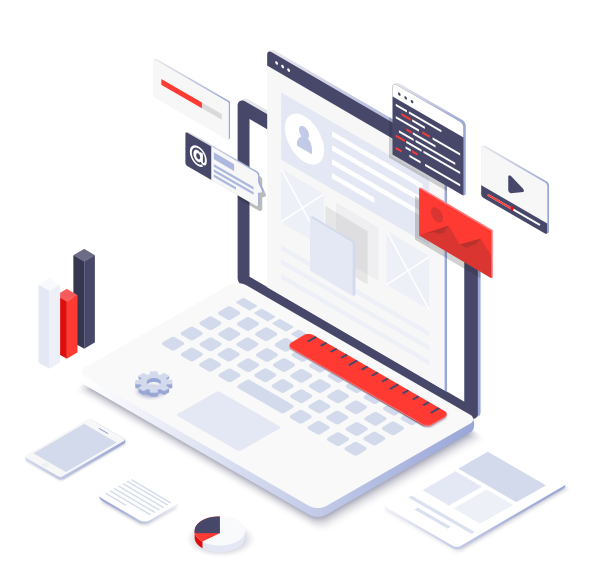


















Get the Whole page contents Case Study PDF

Save Case Study for offline access or to share it with your team.

Download Case Study PDF

We respect your privacy. Your email won’t be shared.